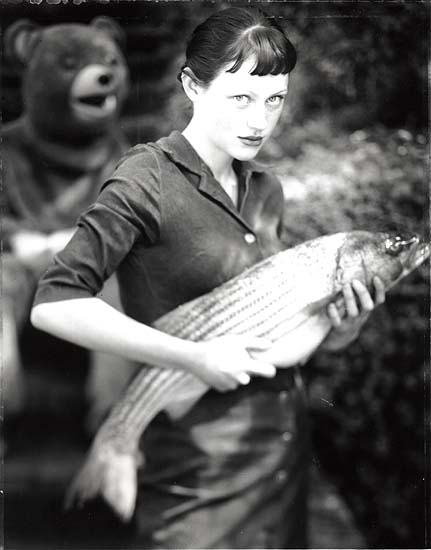

A few months ago we had the time and opportunity to visit our cousin Andrey in Beijing. Since I don’t truly understand the concept of a vacation I arranged a ‘fixer’ so I could do a couple days of street portraiture while we were in town. Since my work is all about real people, any pictures I would make there would require a translator, one who understood the culture, languages, photography and production. That’s what a fixer does, more on this later.

It’s hard as an American not to have wildly inaccurate preconceptions about China, most of understand that they make our stuff, own our debt and have some challenges on the human rights front. All I can really report from our brief time in Beijing is, whatever you expect to find there you will be surprised. At this moment progress change in Beijing is, and has been, so fast that even the locals can’t find there way around. Seriously, some of the roads are so new the cabbies don’t know where they go.

The result of all the new building (they’ve had the best architects in the world working overtime) and the rapid cultural and economic development is a duality between new and old that seems present in every aspect of life. This uneasy and very rapid mix of the new into a very old place manifests itself physically in the streets and buildings, culturally in the art, politics and clothes and psychologically in the outlook of young and older generations
Heading to Beijing I knew my ability to make images in China would be limited, I was traveling light I had two days to shoot maybe a half day to scout and no special access. Given those limitations I feel that this shoot was a successful effort for two reasons. I know what I do and we’ve done this kind of street portrait project before. So my scope was narrow. I immediately found one thing about Beijing, the mix of old and new, to be interested in. So that was the assignment I gave myself: Real Beijingers showing elements of new and old China. Does it sound too simple? I think one of the biggest challenges photographers run into with their personal projects is they bite off more then they can shoot. If you assign yourself to photograph “Cultural Change in Neocapitalist China” you best have some time to commit. Finding something you can do well with the resources available is just as important as finding the ideal project.

The other critical element for this shoot was the ‘fixer’ Lin Jing. We really got lucky finding her. She was amazing. Her tireless energy and willingness to approach strangers on our behalf really made the shoot work. I ended up finding her through my old college friend Kay Chin Tay in Singapore who knew a guy named Tobie Openshaw who was in Beijing who knew Noah Weinzweig a Canadian ex-pat and producer extraordinaire who hired Lin Jing for us. If you need a Red camera in China, Noah is the guy to call. Noah also produced for Edward Burtynsky. When he told me this I was honestly a little skeptical. There are lots of people who will tell you about how they assisted for Nat. Geo or whatever. Well I just saw the documentary on Burtynsky, “Manufactured Landscapes” and there’s Noah translating, rallying people and loading 4x5 – he is the real deal.
Well the work is finally online here: winokurphotography.com I hope you will take a look. One last step for us, sending prints to everyone we photographed. As always a BIG big up to my crew on this project: Iana Simeonov, Lin Jing and Chrysta Geffin.
-Michael


 If you are lucky enough to be in San Francisco on September 23 2009, APA is hosting a lecture by Dan Winters about his new book Periodical Photographs, Aperture press 2009 at AAU. Details coming soon on the APAsf.com website.
If you are lucky enough to be in San Francisco on September 23 2009, APA is hosting a lecture by Dan Winters about his new book Periodical Photographs, Aperture press 2009 at AAU. Details coming soon on the APAsf.com website.












